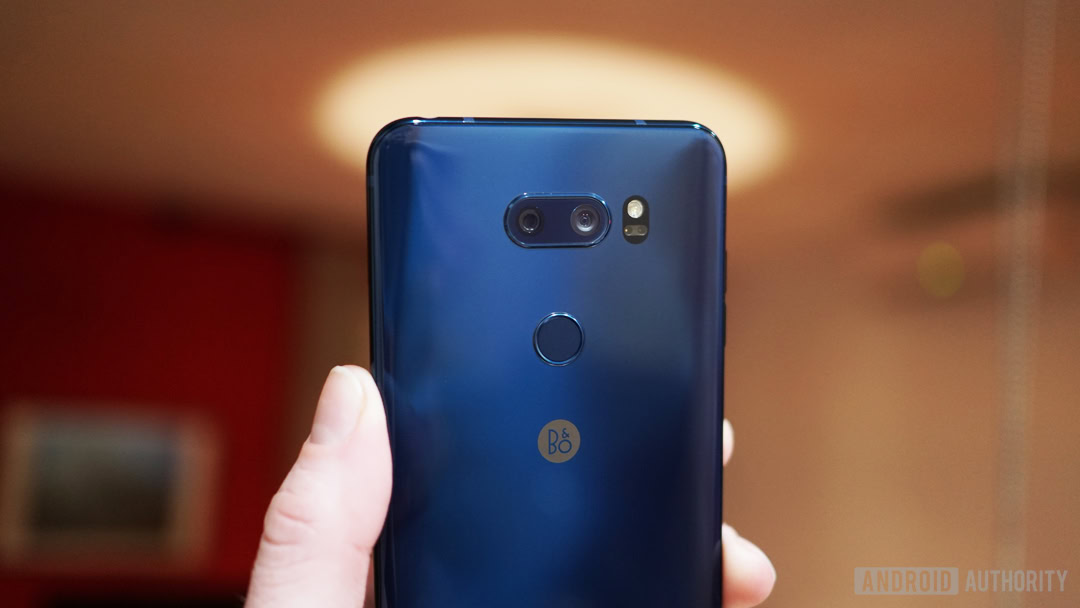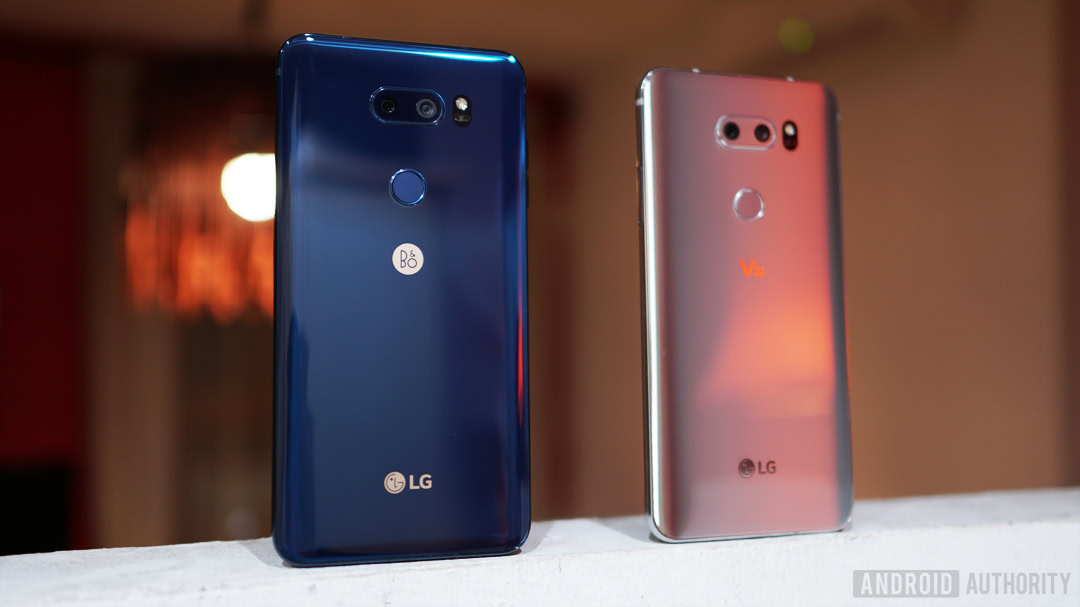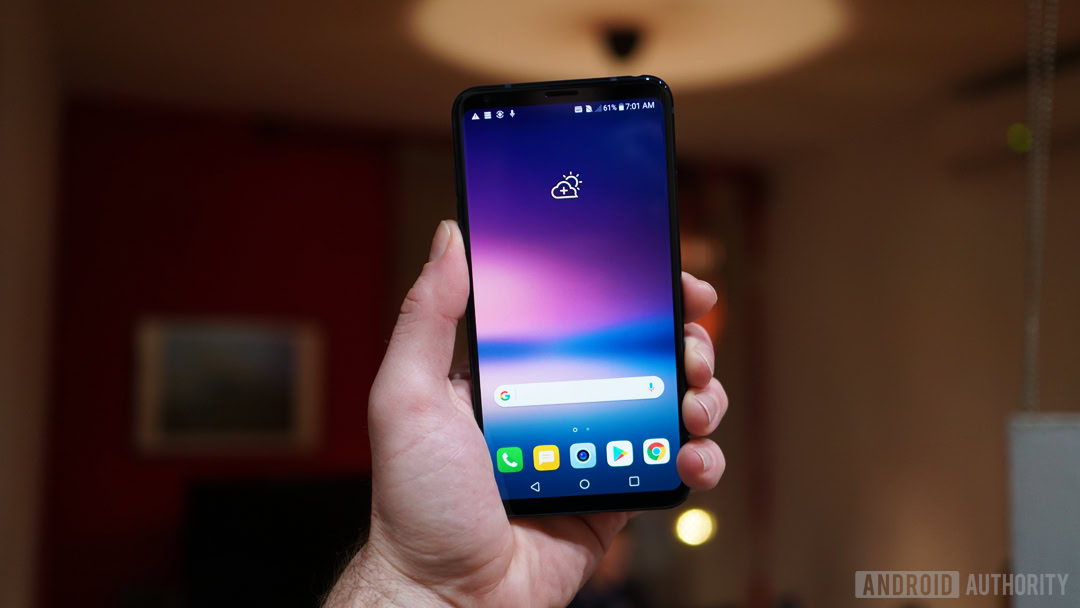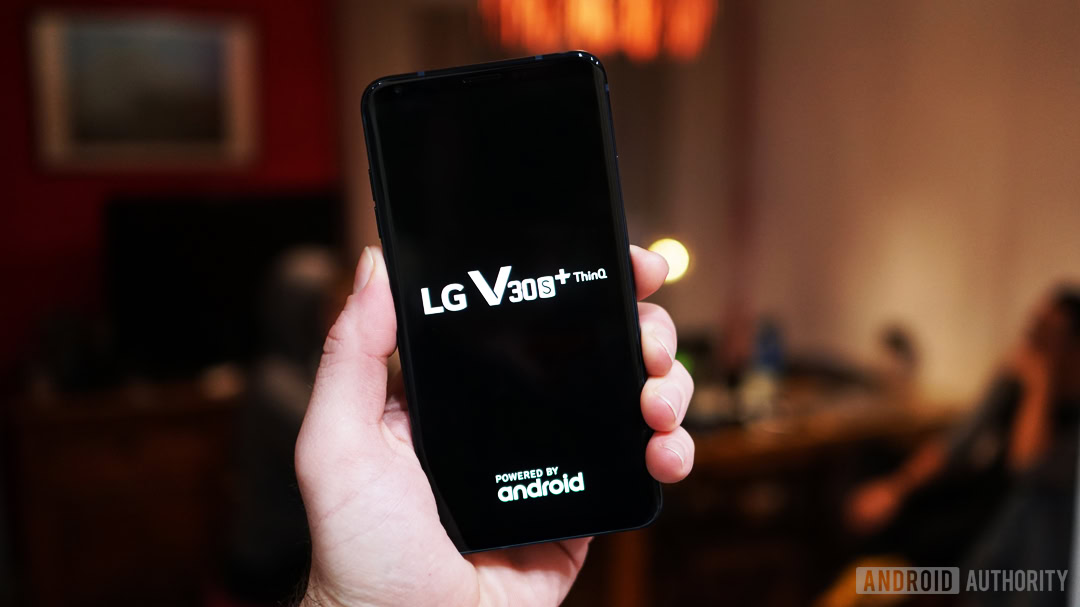Affiliate links on Android Authority may earn us a commission. Learn more.
LG's new product strategy: unnecessary or inevitable?

With the announcement of the V30S ThinQ, LG is embarking on its new product launch strategy. Rather than lock itself into a yearly release life cycle, LG will instead put out new flagships only when the technological landscape necessitates it. In between those larger, more significant launches, the company will keep things fresh by announcing new color options and mid-cycle variants with small changes.
“We have been focusing on innovations and following rivals’ features, but the results weren’t satisfactory. We ended up with a cost structure that we cannot sustain,” LG’s new mobile boss, Hwang Jeong-hwan told reporters at MWC. LG wants improve make its mobile business more cost efficient — that means extending each device’s life cycle.
In a rare move, the new CEO even complimented arch-rival Samsung on its new flagship.
“The Galaxy S9 maintained the same design with the predecessor. I think that was a good idea,” said Hwang. But not everyone thinks so. Here are a few thoughts from the Android Authority team at MWC, starting with my own.

While I give credit to LG for admitting its old strategy wasn’t working, I question its proposed solution for “fixing” its logical yearly device strategy. Attempting to maximize the impact and longevity of each flagship is admirable, and possibly necessary for LG, but infrequent and unpredictable launches with incremental and confusingly branded variant announcements every six months or so feels like it could cause more problems than it will solve.
I’m sure LG’s thought of that, though. Barring the iPhones and Galaxies of this world, few folks pay attention to product roadmaps. New-looking phones on store shelves, whenever they appear, will probably sell perfectly well. If it saves LG R&D money, then fine, but a better long-term marketing strategy is still needed.
LG is suffering from smartphone fatigue
Bogdan Petrovan:
It sounds to me that LG is suffering from smartphone fatigue. The cadence of yearly releases was sustainable while the market was still growing fast and the competition wasn’t as fierce. Now that markets are actually shrinking (see Tristan’s recent post about Apple’s run), LG and others may find it harder to justify investing hundreds of millions in brand-new flagships. There could also be diminishing returns — the LG V30 is already packed with features and high-end specs — how can you build on that in just six months?

Jimmy Westenberg:
As much as I enjoyed LG’s twice-a-year release strategy, I understand why the company is dialing back. Releasing two flagship phones each year costs hundreds of millions of dollars, and users are keeping their phones for longer as each year passes. Fewer users are buying, which makes it difficult for LG to spend its money on a phone line in which it’s lost confidence.
The G- and V-series phones ended up too similar
I never really thought the company’s G- and V-series phones offered anything drastically different from one another. Top-of-the-line specs, solid cameras, and the same software experience resulted in two very similar phones.
That doesn’t mean I think the V30S ThinQ is totally necessary. Repackaging a months-old flagship into a “new” phone with a lousy attempt at AI isn’t necessarily going to win over many users.
David Imel:
For techy people, this strategy is a cop-out. It sucks, it’s confusing, and we don’t care about the same phone being released over and over with a new name. In terms of raw sales, it’s probably a good idea. When customers go into a store, if they’re not buying an iPhone they’re just going to ask what’s new. If their phones always have a recent release date customers are more likely to pick them up.
It seems like LG has given up on marketing. It wants to shift into offering high-end products to general consumers and their loyal fanbase, but has stopped caring about getting into the public consciousness.

Nirave Gondhia:
LG’s new strategy is a curious one. The company made one of the best devices it ever made last year with the LG V30 but all it did was demonstrate just how hard it is to compete in this industry. The new, slightly updated flagship could have the opposite effect than the company hopes, especially if the G multiplies to offer S flagships each year.
Should there end up being four or even more premium devices each year, it’ll have the effect of negating the value of an LG flagship. It’s a bold move but I agree with Josh that it had to be done. I just think LG should have gone for a less is more approach – if it’s so confident in the ability of their devices, it didn’t need multiple flagships a year. It could have just gone for a brand new flagship when they needed it – the V30 is still one of the best phones out there and will get even better with software.
Joshua Vergara:
It honestly feels like a move that had to happen. We would, of course, want LG to innovate every single year, but staying in the consciousness of the public is also important. Keeping the current phone updated and always in carrier stores or online means anyone looking for the latest LG device will know what they are getting. Instead of going too far off the beaten path like they have with the LG G Flex, LG will be more consistently consumer-facing without having to burn so much money on R&D trying to keep up with the huge OEMs who have the resources for their yearly leaps forward.
The surprise of an LG leap will have more impact, whenever that happens
Maybe it will mean LG is less cool to those of us who work in the tech space, but if it means consumers have a reliable brand that knows how to just make a good phone, the surprise of an LG leap will have more impact — whenever that happens, of course.
What do you think of LG’s new game plan? Will it help the company or hurt it?